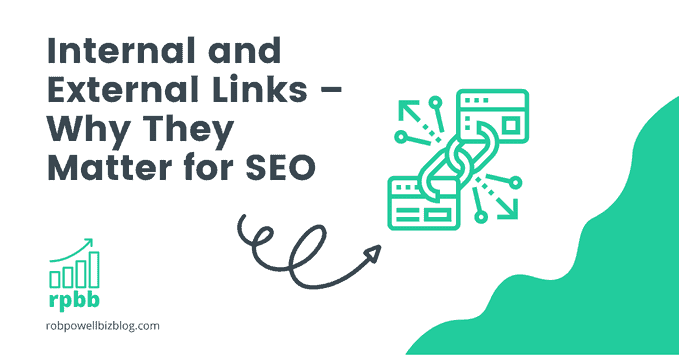
Internal and external links are what make the Internet navigable and they are both vital for good SEO.
In this article, you’ll discover the difference between internal and external links, the benefits of each, how link juice gets transmitted via links, what the no-follow tag means, and when to use it.
But first, let’s look at the two different kinds of links: internal and external.

Internal Links vs. External Links
Internal links are hyperlinks that link one page on your website to another page on your website. They can be links in a menu but when people talk about internal links they are usually referring to links in a body of text. These are referred to as contextual links as opposed to menu links.
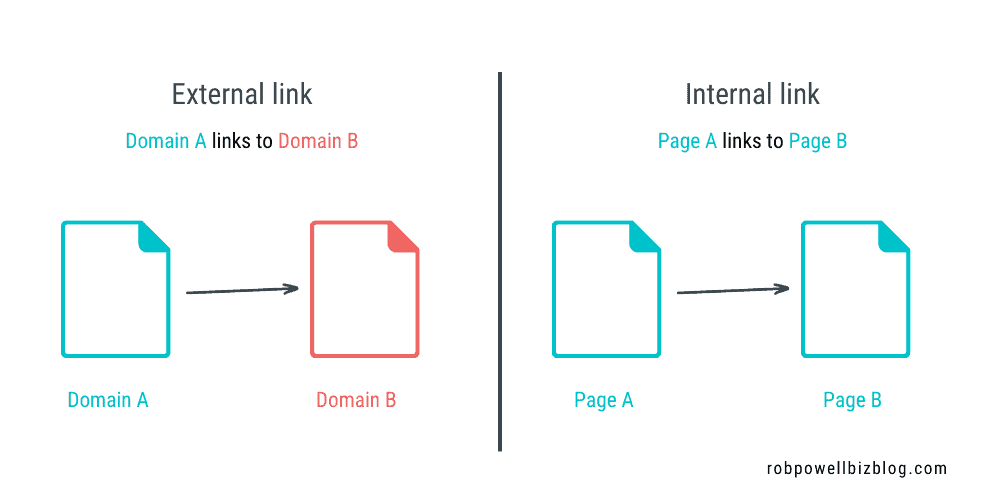
External links are hyperlinks that link a page on your website to a page on another website.
Internal Links, External Links, and Link Equity
Links from one page to another page and from one website to another website pass along a substance called link equity or ‘link juice’.
Link equity is a search engine signal that transmits authority from one page to another page, or from one website to another website.
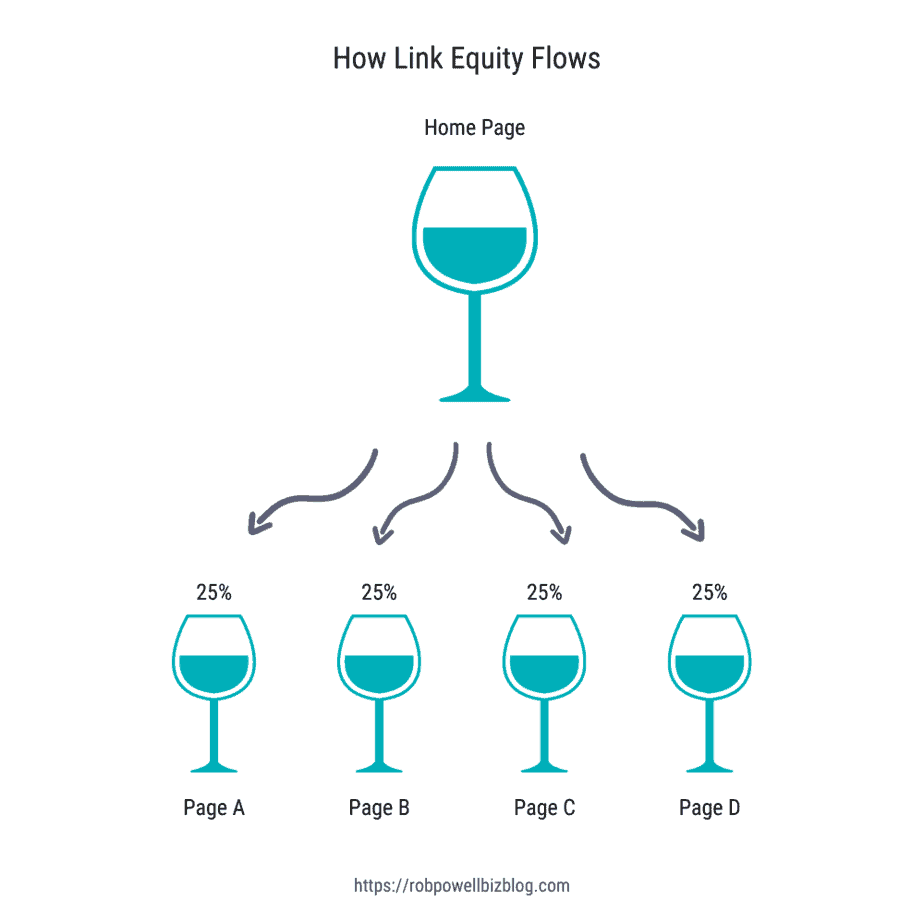
This is why online businesses spend so much time and money trying to get links from high authority sites. These links from other websites to your website are known as ‘backlinks’.
A backlink to your website from a high authority site within your niche or industry will boost the authority of your website and cause your pages to rank higher in the search results.
Link equity also flows within your own website, from one page to another. One of the main purposes of internal links is to distribute the link equity you get from other websites to the particular pages on your website.
The amount of link equity that flows through a particular link depends on the number of links on that page. If a page has ‘x’ amount of link equity and contains five internal links, then each link will transmit an amount of link equity equal to ‘x’ divided by 5.
But if that same page has 50 links on it, then each link will transmit an amount of link equity equal to ‘x’ divided by 50.
What are the Benefits of Internal Links?
Internal links will boost the SEO of your website in a number of different ways.
Firstly, internal links keep your visitors on your site for longer. Let’s say you have a page (Page A) about tracking your pet cat with a GPS collar. And you have another page (Page B) about monitors that show the movement of your cat’s GPS collar during a 24-hour period.
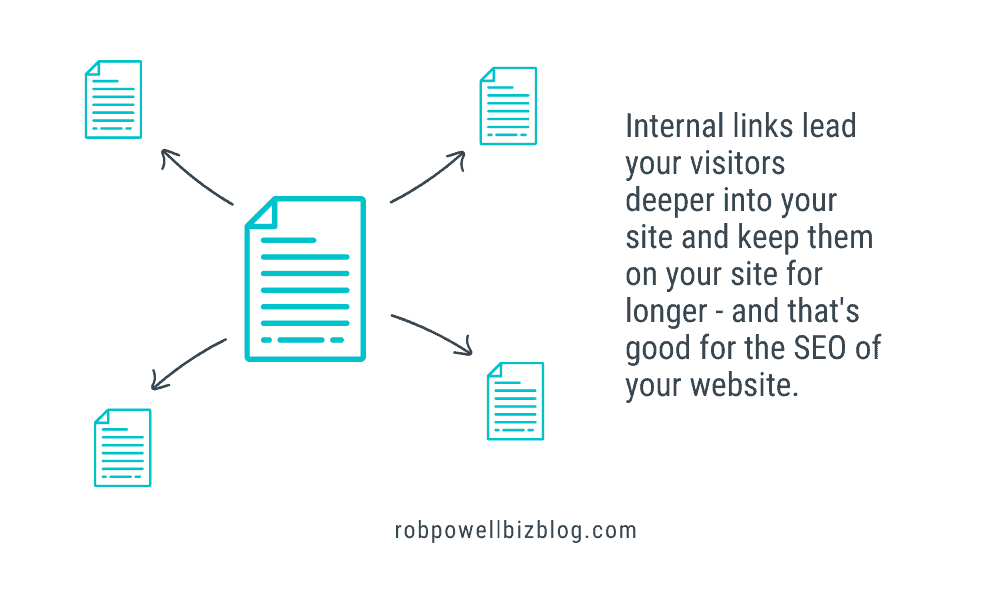
Someone interested in GPS collars is probably also interested in a monitor that displays their cat’s movement around the neighborhood. If you create an internal link from Page A to Page B, chances are your visitor will click on the link.
And when they do that, you’ve just reduced your bounce rate for Page A. And that’s great for the SEO of your website.
In short, internal links keep your visitors on your site for longer.
But there’s a second reason why internal links are good for SEO: they create your ‘website architecture’. Internal links create the structure of your website. And that structure helps search engines understand what your website is about.
Let’s say you have a website about outdoor activities. And you have a page about rock climbing. Your rock climbing page links to pages about crampons, ropes, climbing boots, belaying pins, and ice picks.
Those internal links tell the search engines that your website has topical authority on the topic of rock climbing. And that’s going to help your pages rank higher in the search results.
Here’s another reason internal links are good for the SEO of your website. Search engines have automated programs called bots or spiders that do nothing else but crawl the web, indexing the pages they find.
But these ‘bots’ can only find pages that are linked to from other pages. And so the more internal links you have, the easier it is for search engines to index the content on your site.
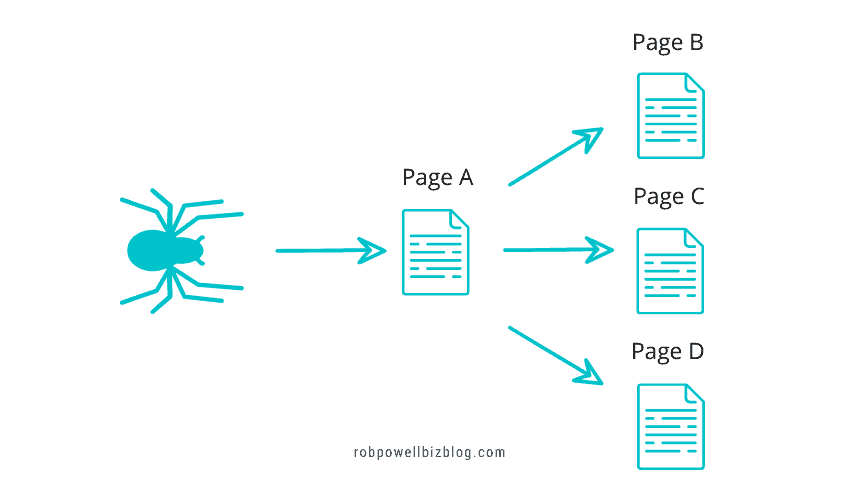
What are the Benefits of External Links?
When we talk about external links, we need to distinguish between inbound external links and outbound external links.
Inbound external links
Inbound external links are links from other websites to your website.
Google regards these kinds of links as a vote of confidence in your website. The more inbound external links you have from authority sites in your niche, the higher your pages will rank in the search results.
Outbound external links
Outbound external links are links from your website to another website. Outbound external links help your readers find more information on a topic.
They can also strengthen the SEO of your website because they show the search engines that you are helping your visitors find the information they are looking for.
No-Follow and Do-Follow Links
No-follow links are links that don’t pass link equity. When you mark a link with the no-follow tag, it’s a way of saying to Google that the link is not part of a link scheme.
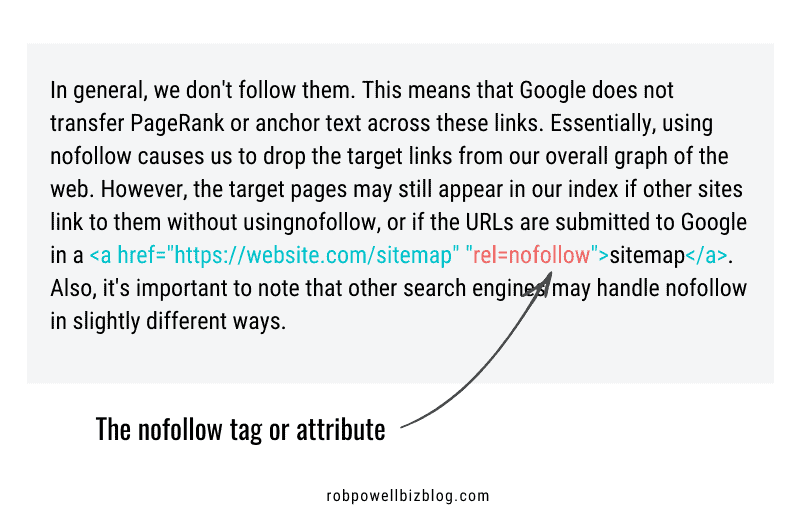
There are websites that mark all outbound links with the no-follow tag. They probably do this because they want to keep a squeaky-clean reputation with Google. After all, if all your outbound links are no-follow, you couldn’t possibly be engaged on any kind of link scheme.
But marking all outbound links with the no-follow tag is not considered good practice. In general, a link that is ‘natural’ should be marked do-follow. If a site has information that’s valuable for your readers, it’s good to reward that site with a do-follow link.
Also, a no-follow link can be interpreted as a sign that you don’t trust the website that you are linking to. And that’s not a good signal to be sending to the search engines.
The no-follow link should only be used where you are providing a link in exchange for a service. An example would be a guest post. Many sites now mark links from guest posts with the no-follow tag to make it clear to Google that the link was not ‘natural’.
Conclusion
Internal links and external links are both essential parts of good SEO strategy. Internal links improve user experience, keep your visitors on your site for longer, and reduce bounce rate.
Outbound external links make your content more useful to your readers and help build the authority of your website (as long as you link to high authority sites relevant to your niche).
Inbound external links are a vote of confidence in your website by other websites and search engines use them to gauge the trustworthiness and authority of your website. They are one of the keys to ranking high in the search results.
Hopefully, you are now clear about what internal and external links are and how they are used to improve SEO.



